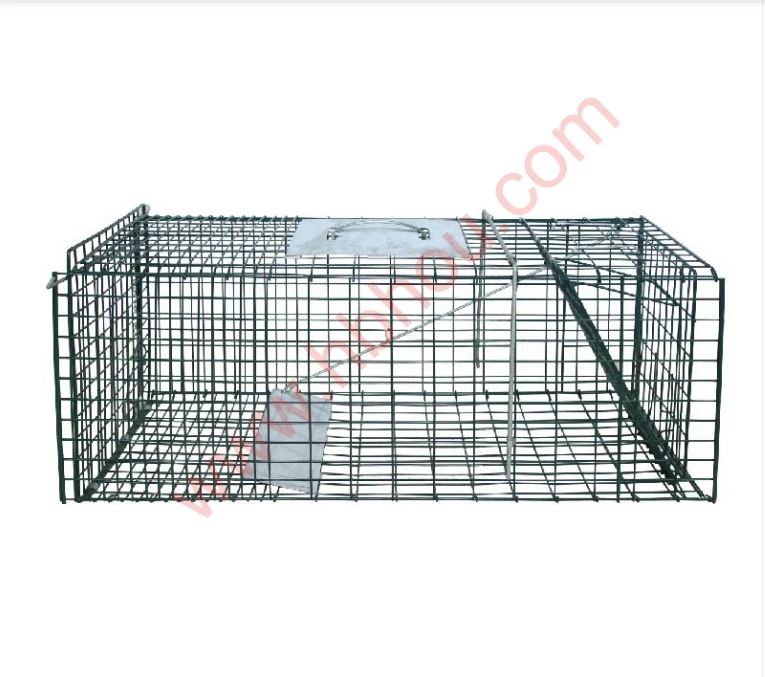Setting Fence Posts A Guide to Creating a Sturdy and Aesthetic Boundary
Whether you’re looking to delineate your property line, keep livestock in, or simply add a decorative element to your yard, setting fence posts is a crucial step in the fencing process. A well-constructed fence not only enhances the visual appeal of your property but also provides safety and security. This article will guide you through the essential steps to properly set fence posts, ensuring durability and stability for years to come.
Choosing the Right Materials
Before diving into the installation process, it’s essential to select the right materials for your fence. Common choices for fence posts include wood, metal, and vinyl. Wooden posts offer a classic look and are relatively easy to work with. However, they may require regular maintenance to prevent rot and insect damage. Metal posts, such as those made from steel or aluminum, are incredibly durable and less susceptible to environmental wear but might require additional equipment for installation. Vinyl posts are low maintenance and resistant to weathering, but they can be costlier and may not have the same rustic charm as wood.
Tools You Will Need
Proper tools are essential to make the job easier and more efficient. Here’s a basic list of tools you may need 1. Post hole digger or auger For digging holes to place your posts. 2. Level Ensures your fence posts are straight. 3. Measuring tape To measure the distance between posts accurately. 4. Concrete mix Provides a sturdy base for your fence posts. 5. String line Helps maintain alignment for a straight fence. 6. Shovel and rake Useful for clearing the area around the installation site.
Preparing the Site
Before setting the posts, it’s important to prepare your site. Clear the area of any debris, vegetation, or stones that could impede your work. Measure and mark where each post will go, ensuring they are spaced properly according to your fence design. Typically, posts should be 6 to 8 feet apart, depending on the type of fence and local regulations.
setting fence posts

Digging the Post Holes
Using a post hole digger or an auger, dig holes that are about one-third the length of the post. For instance, if you are using a 6-foot post, the hole should be at least 2 feet deep. This depth helps prevent frost heave in colder climates, providing stability. The diameter of the hole should be three times the width of the post to ensure stability, and it’s important to make the bottom of the hole wider than the top to help secure the post in place.
Setting the Posts
Once the holes are ready, place the post in the center of the hole. Make sure it’s level and straight by using a level. Pour concrete mix around the post according to the manufacturer's instructions, typically mixing with water in a bucket before pouring it into the hole. Fill the hole, packing the concrete firmly around the post to eliminate any voids. Let the concrete set according to the recommended time, usually 24 to 48 hours, before attaching the panels or rails.
Final Touches
After the concrete has cured, you can start attaching the fencing materials. Whether you are using wooden panels, chain link, or any other fencing type, take the time to ensure everything is level and aligned properly. Consider painting or staining wooden posts for added protection and aesthetic appeal.
Conclusion
Setting fence posts is a fundamental aspect of establishing a robust and beautiful fence. By selecting the right materials, using proper tools, and following these steps, you can create a boundary that not only serves its purpose but also enhances your property's appearance. With a little patience and attention to detail, you’ll enjoy your new fence for many years to come.
















